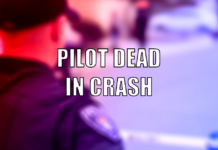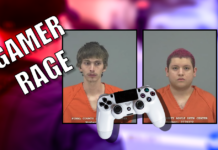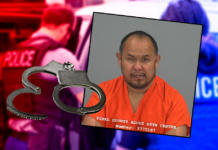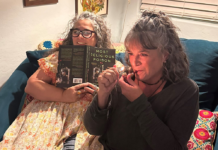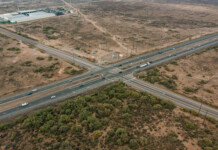You get a call someone at your child’s school is shooting. You don’t know if your son or daughter is safe, or even alive. What you do know is someone could be close to your child with the intent to harm him or her. The police want you to know they, too, are there with up-to-date tactics to save lives.
The Maricopa Police Department hosted what is called active-shooter training at Maricopa High School Wednesday. Members of the Mesa Police Department ran the training and provided instructors for officers from Maricopa, Ak-Chin, Central Arizona College and Casa Grande police departments.
Funding was provided by a $15,000 grant by the Maricopa Police Foundation; the Maricopa Unified School District is providing the location for trainings each Wednesday in June.
Police are looking to create a cross-department streamlined response to any shooting so when help is needed any officer can drop into the situation and know exactly what to do.
MPD plans on running annual trainings.
Active-shooter scenarios are tailored around school or mall shootings. Any place where there is a high number of people in close proximity. Officers rush in, weapons drawn, to find and eliminate the threat to the people as quickly as possible.
To train, officers used pistols fitted to fire paintball rounds – the guns are painted blue to let everyone around know they weren’t firing actual bullets. The “bad guys” used silver guns to give as realistic of an appearance as possible to training officers.
Volunteers, wearing protective masks and vests, ran at officers Wednesday screaming and flailing their arms to simulate frantic people. Some lay on the ground crying, while others struggled to tell officers what they saw.
In 1999, SWAT officers waited too long to enter Columbine High School during the massacre. The delay allowed Eric Harris and Dylan Klebold to shoot more students, killing 12 students and a teacher before turning the guns on themselves.
“That can’t happen here,” said MPD spokesman Ricky Alvarado. “We’ve got to get in there quickly and end the situation and save lives.”
Everything Wednesday was fast-paced with reaction times the key to success. Officers’ proficiency and tactical movements needed to be instantaneous. If they acted too slowly, a civilian was executed. If police acted too quickly without proper aiming or thinking, a civilian was shot by accident.
“There is a tremendous sense of urgency in this training,” Alvarado said. “The longer the threat is out there, the more opportunities he has to kill targets in a small area. Targets like your kids.”
Mistakes were made in the beginning – common with any kind of training – but officers quickly got out of a training mindset, immersing themselves the reality of the situation. By the end, Alvarado said, officers were able to complete each scenario quickly and without problem.
After one particularly slow run-through, Mesa Police Department Officer Keith Burton, an instructor, gave this advice.
“How many of you have kids?” he asked during a debriefing. “If someone was in a room down a hall with a gun coming to shoot your kids, how fast would you run? Think about it like that; these kids are other peoples’ children and your sole job right now is to protect them.”
Running through different classrooms, hallways and a theater allowed officers to train in multiple possible scenarios simultaneously. Officers would enter a theater, and after finishing that scenario, would turn a corner and go right into a hallway to start another shooter scenario.
In one particular scenario, officers carefully searched one hallway until they heard screams of people over a stereo simulating a shooter opening fire on a classroom. Ignoring every tenant of police training that says an officer should clear each room he or she passes, officers rushed to the sound of gunfire and cries for help to take out the shooter.



